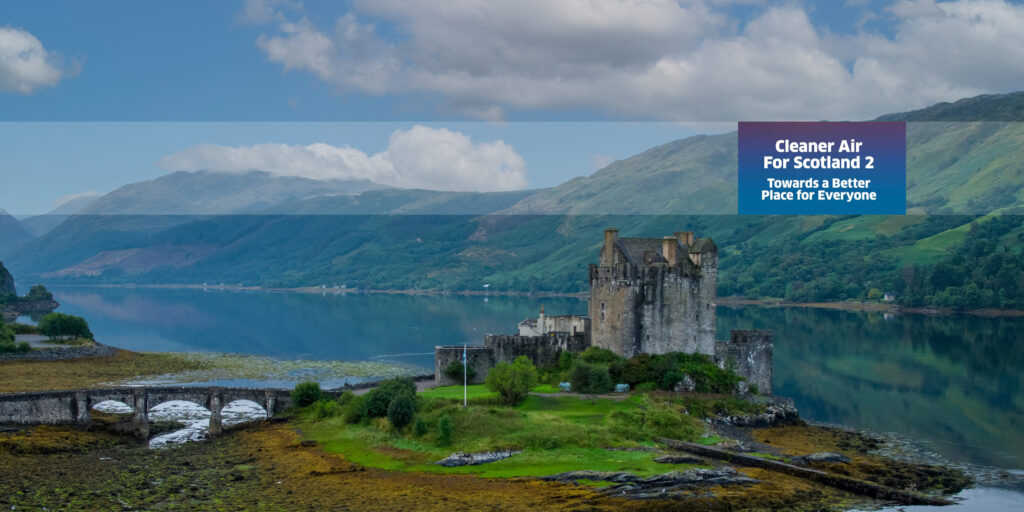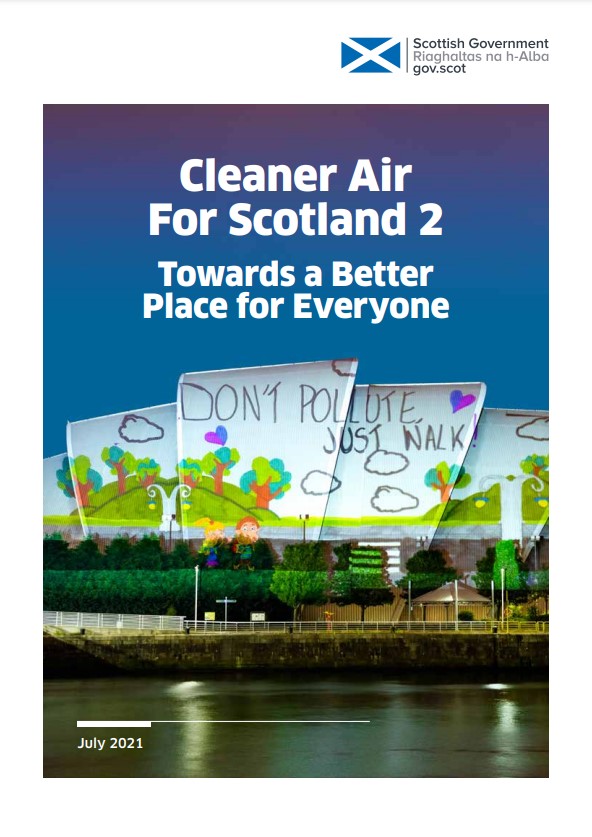
Cleaner Air for Scotland Delivery Group formed
The first meeting of Scotland’s Cleaner Air For Scotland 2 (CAFS2) Delivery Group recently took place. The Delivery Group has overall responsibility for ensuring the high level actions detailed in the Scottish Government’s strategy for clean air comes to fruition. The Cleaner Air for Scotland 2 – Towards a Better Place for Everyone which was published in July, sets out the Scottish Government’s air quality policy framework for the next five years and a series of actions to deliver further air quality improvements. Specialist sub-groups will have input into key policy areas of the strategy, with domestic burning being an area of focus.
HETAS & Woodsure are pleased to be a part of the group representing domestic burning.

Progress on 2015 plans
Scottish Government first published it’s Cleaner Air for Scotland strategy back in 2015 and 36 of the 40 actions set out in the strategy have been completed. Published in July 2021 CAFS2 sets out how the Scottish Government will continue to deliver air quality improvements over the next five years. Cleaner Air for Scotland 2 is shaped around 10 general themes, which largely reflect the high level recommendations arising from the Cleaner Air for Scotland strategy: independent review. The general themes outlined in the policy include:
- Health – a precautionary approach
- Integrated policy
- Placemaking
- Data
- Public Engagement and Behaviour Change
- Industrial Emissions Regulation
- Tackling Non-Transport Emissions Sources
- Transport
- Governance, Accountability and Delivery
- further Progress Review
Tackling Non-Transport Emissions Sources
Domestic burning and agriculture are two sectors not addressed in detail in the 2015 CAFS . The latest strategy suggests consideration is needed of performance and standards for domestic fires, stoves and fuels and local authority powers to permit and control these. It is recognised that there is continuing uncertainty over emissions levels from domestic burning and creating precise reduction targets is difficult.
Further research into the proportion of emissions attributable to domestic burning, as well as assessment of type and source of emissions is required. HETAS undertook scientific research looking directly at the issue of source apportionment in 2019. This is further complicated with around 50% of local ambient PM2.5 concentrations being related to long-range transboundary transport from outwith Scotland.
Coordinated approach
The strategy recognises that other policies need to work symbiotically with CAFS2, including the updated Climate Change Plan, Heat Decarbonisation Policy Statement and the Energy Efficient Scotland Routemap, all designed to drive down emissions from heating of homes.
It is also recognised that 79% of households using solid mineral fuel in Scotland as their primary fuel type are in rural areas, as identified in the Scottish House Condition Survey. Additionally, around half of households (46%) using solid mineral fuels in Scotland are fuel poor compared to the national average of 25%.
Unlike in England and Wales where installations of stoves are subject to notification to the Local Authority, it is difficult for local authorities in Scotland to accurately assess the amount and location of appliances in their area.
Addressing domestic combustion
Defra’ Clean Air Strategy for England sets out several proposals for addressing domestic combustion emissions that the strategy suggests would be of relevance in Scotland. The proposals cover both appliances and fuels and focus on three key areas: the right appliance burning the right fuel, consumer education and proper installation/maintenance.
Actions outlined in CAFS2 for domestic combustion are:
- Encourage uptake of Ecodesign stoves and consider how best to address widespread replacement of pre-Ecodesign appliances
- Work with businesses and industry to support and further develop educational schemes such as Woodsure and Ready to Burn, including manufacturers, suppliers and users of both fuels and appliances
- Take forward, working with businesses that may be affected and other industry parties, potential measures to control the supply of the most polluting domestic fuels – including a ban on house coal, restricting the sulphur content of smokeless fuels to 2%, prohibiting the sale of certain types of wet wood and introduction of a minimum renewables content for manufactured smokeless fuels. In taking forward this work, Scottish Government is mindful that any new measures would require to be implemented over a period of time, such as transitional period during which businesses could adept to the new requirements without disproportionate costs.
- In developing policies and programmes to support households and businesses in transitioning to low-carbon heating solutions, Government will consider the needs of those affected by any controls on the supply of the most polluting fuels.
- Consider with local government what changes are needed to the current permitted development rights for flues for wood burning stoves and biomass boilers
- Work with local government and SEPA to consider revision of the Clean Air Act 1993
- Commission work to provide further evidence on the proportion of PM emissions and other key pollutants attributable to domestic burning in Scotland, together with geographical distribution of domestic burning.
You can view the Cleaner Air for Scotland 2 strategy document by clicking here. HETAS & Woodsure will post regular updates on CAFS and the work of the Delivery Group.
Related news

EEPLIANT3 report finds over three-quarters of local space heaters to be at risk of non-compliance

Domestic combustion emissions fall below road transport emissions in 2023

Government provide interim statement on their Environmental Improvement Plan rapid review
